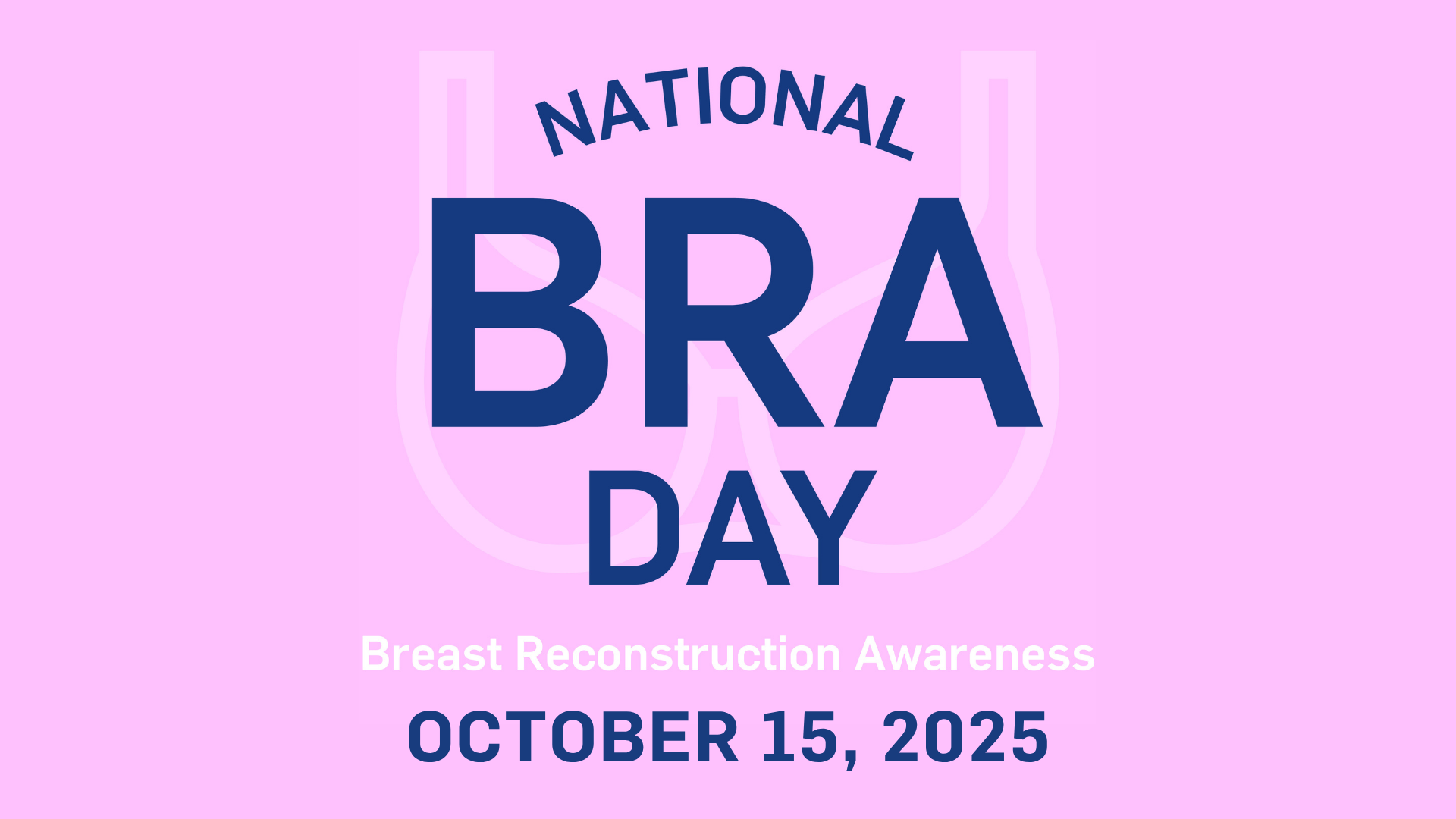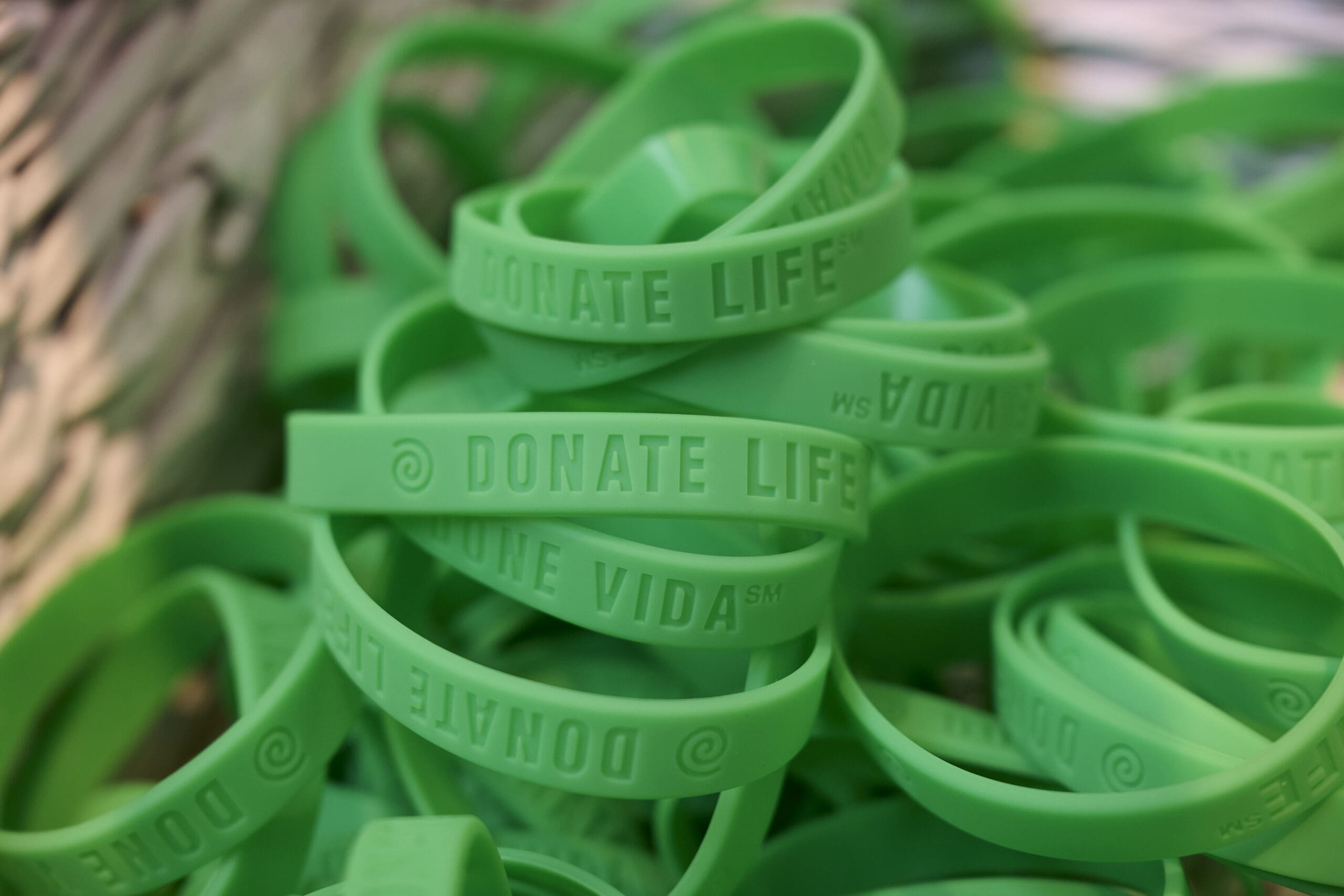Joan was already familiar with cornea donation when she first received the gift of sight 19 years ago. She is just one of several members of her family to have suffered from Fuchs Dystrophy, an inherited condition that causes visual impairment and discomfort in the eyes.
Before the procedure, Joan was legally blind, and work had become difficult for her. Although she was provided with a magnified computer monitor, her vision was still very clouded and she was sensitive to light. Joan also experienced a loss of color contrast, which made it nearly impossible to read words on a page.
Receiving a cornea transplant made a huge difference in her quality of life. Suddenly, words were jumping off the pages at her, and she could make out the leaves on the trees again.
“I didn’t realize what had been lost,” she said.
In 2013, Joan’s husband Mike became a donor hero when he passed away as the result of a tragic accident. Mike’s donation of tissue saved and healed lives, but it was his ability to give the gift of sight that meant the most to Joan. She calls it “a way of paying it forward.”
Joan and her family have since advocated strongly for organ, eye, and tissue donation. Two of the couple’s children even visit local schools and organizations to share their story and encourage others to join the donor registry.
Celebrating Eye Donation Month every November
The Eye Bank Association of America (EBAA) dedicates the entire month of November to raising awareness about cornea donation and transplantation. This annual campaign encourages people to register as eye donors and highlights the life-changing impact of donations. Joan’s story puts into perspective the work of eye banks, which provide tissue for more than 85,000 sight-restoring corneal transplants each year.
Eye and cornea donations are essential for corneal transplant surgeries, restoring vision and quality of life for recipients. Since 1961, thanks to the generosity of 69,000 donors, more than 2 million adults and children worldwide have had their sight restored through corneal transplantation. The EBAA also reports that 95-98 percent of all corneal transplant operations successfully restore the cornea recipient’s vision.
Eye Donation Month is a chance to celebrate cornea transplant recipients who are living their fullest lives thanks to the generosity of donors, and to educate the public about eye donation by encouraging individuals to register as organ, eye, and tissue donors.
Five fast facts about cornea transplants
Eye donations can have impacts beyond what most people understand. Imagine having your vision restored because of the generosity of a donor. You’re able to drive, follow your passion, or see the faces of your cherished family members. It’s not only about being able to see again, but reclaiming a life that seemed lost forever. Here are five other fascinating facts about cornea transplants:
- Almost anyone can be a cornea donor, regardless of vision, age, or past ocular health issues such as cataracts or laser vision correction.
- Corneas from a deceased donor are the only tissues that can be used for transplantation to restore sight. As of right now, there are no artificial corneas, which underscores the importance of registered organ, eye, and tissue donors. But ocular donations can also help rebuild a person’s eye (unrelated to their vision) or be used to repair children’s eardrums.
- Even if a person is born blind, they may still be able to donate their corneas because vision problems are often caused by the retina or other parts of the eye.
- An estimated 12 million people around the world suffer from corneal blindness that could be restored with a cornea transplant.
- Over 97% of all corneal transplant operations successfully restore the corneal recipient’s vision.
By registering as an organ, eye, and tissue donor, you can provide hope to the more than 100,000 people awaiting lifesaving organ transplants and hundreds of thousands more in need of corneal and tissue transplants. Sign up for the donor registry and increase the chance that patients waiting will get the transplants they need to see – and survive.



